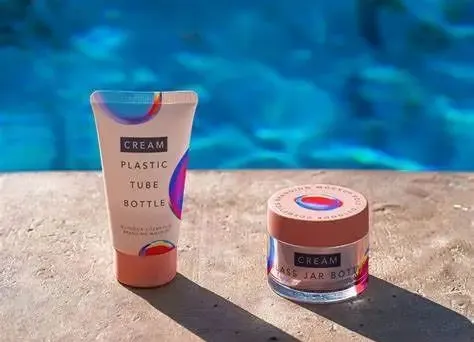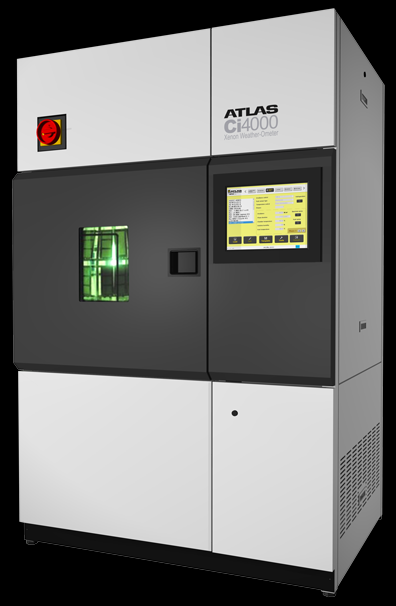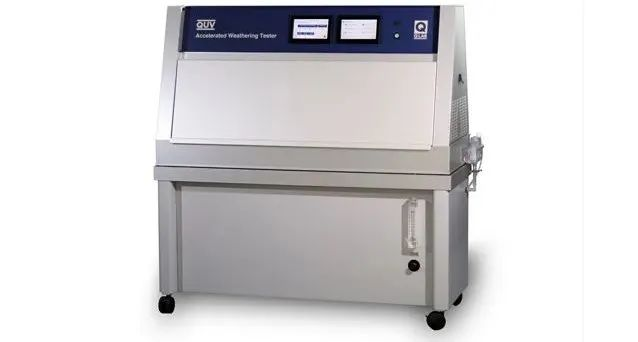Cosmetic packaging materials are mainly plastic, glass and paper. During the use, processing and storage of plastics, due to various external factors such as light, oxygen, heat, radiation, odor, rain, mold, bacteria, etc., the chemical structure of plastics is destroyed, resulting in the loss of their original excellent properties. This phenomenon is generally called aging. The main manifestations of plastic aging are discoloration, changes in physical properties, changes in mechanical properties and changes in electrical properties.
1. Background of plastic aging
In our lives, some products are inevitably exposed to light, and the ultraviolet light in sunlight, coupled with high temperature, rain and dew, will cause the product to experience aging phenomena such as strength loss, cracking, peeling, dullness, discoloration, and powdering. Sunlight and humidity are the main factors causing material aging. Sunlight can cause many materials to degrade, which is related to the sensitivity and spectrum of the materials. Each material responds differently to the spectrum.
The most common aging factors for plastics in the natural environment are heat and ultraviolet light, because the environment that plastic materials are most exposed to is heat and sunlight (ultraviolet light). Studying the aging of plastics caused by these two types of environments is of particular importance for the actual use environment. Its aging test can be roughly divided into two categories: outdoor exposure and laboratory accelerated aging test.
Before the product is put into large-scale use, a light aging experiment should be carried out to evaluate its aging resistance. However, natural aging may take several years or even longer to see the results, which is obviously not in line with actual production. Moreover, the climatic conditions in different places are different. The same test material needs to be tested in different places, which greatly increases the testing cost.
2. Outdoor exposure test
Outdoor direct exposure refers to direct exposure to sunlight and other climatic conditions. It is the most direct way to evaluate the weather resistance of plastic materials.
Advantages:
Low absolute cost
Good consistency
Simple and easy to operate
Disadvantages:
Usually very long cycle
Global climate diversity
Different samples have different sensitivity in different climates

3. Laboratory accelerated aging test method
Laboratory light aging test can not only shorten the cycle, but also has good repeatability and wide application range. It is completed in the laboratory throughout the process, without considering geographical restrictions, and is easy to operate and has strong controllability. Simulating the actual lighting environment and using artificial accelerated light aging methods can achieve the purpose of quickly evaluating material performance. The main methods used are ultraviolet light aging test, xenon lamp aging test and carbon arc light aging.
1. Xenon light aging test method
Xenon lamp aging test is a test that simulates the full sunlight spectrum. Xenon lamp aging test can simulate natural artificial climate in a short time. It is an important means to screen formulas and optimize product composition in the process of scientific research and production, and it is also an important part of product quality inspection.
Xenon lamp aging test data can help select new materials, transform existing materials, and evaluate how changes in formulas affect the durability of products
Basic principle: The xenon lamp test chamber uses xenon lamps to simulate the effects of sunlight, and uses condensed moisture to simulate rain and dew. The tested material is placed in a cycle of alternating light and moisture at a certain temperature for testing, and it can reproduce the hazards that occur outdoors for months or even years in a few days or weeks.
Test application:
It can provide corresponding environmental simulation and accelerated tests for scientific research, product development and quality control.
It can be used for the selection of new materials, improvement of existing materials or evaluation of durability after changes in material composition.
It can well simulate the changes caused by materials exposed to sunlight under different environmental conditions.

2. UV fluorescent light aging test method
The UV aging test mainly simulates the degradation effect of UV light in sunlight on the product. At the same time, it can also reproduce the damage caused by rain and dew. The test is carried out by exposing the material to be tested in a controlled interactive cycle of sunlight and moisture while increasing the temperature. Ultraviolet fluorescent lamps are used to simulate sunlight, and the influence of moisture can also be simulated by condensation or spraying.
The fluorescent UV lamp is a low-pressure mercury lamp with a wavelength of 254nm. Due to the addition of phosphorus coexistence to convert it into a longer wavelength, the energy distribution of the fluorescent UV lamp depends on the emission spectrum generated by the phosphorus coexistence and the diffusion of the glass tube. Fluorescent lamps are usually divided into UVA and UVB. The material exposure application determines which type of UV lamp should be used.

3. Carbon arc lamp light aging test method
Carbon arc lamp is an older technology. Carbon arc instrument was originally used by German synthetic dye chemists to evaluate the light fastness of dyed textiles. Carbon arc lamps are divided into closed and open carbon arc lamps. Regardless of the type of carbon arc lamp, its spectrum is quite different from the spectrum of sunlight. Due to the long history of this project technology, the initial artificial light simulation aging technology used this equipment, so this method can still be seen in earlier standards, especially in Japan's early standards, where carbon arc lamp technology was often used as an artificial light aging test method.
Post time: Aug-20-2024

